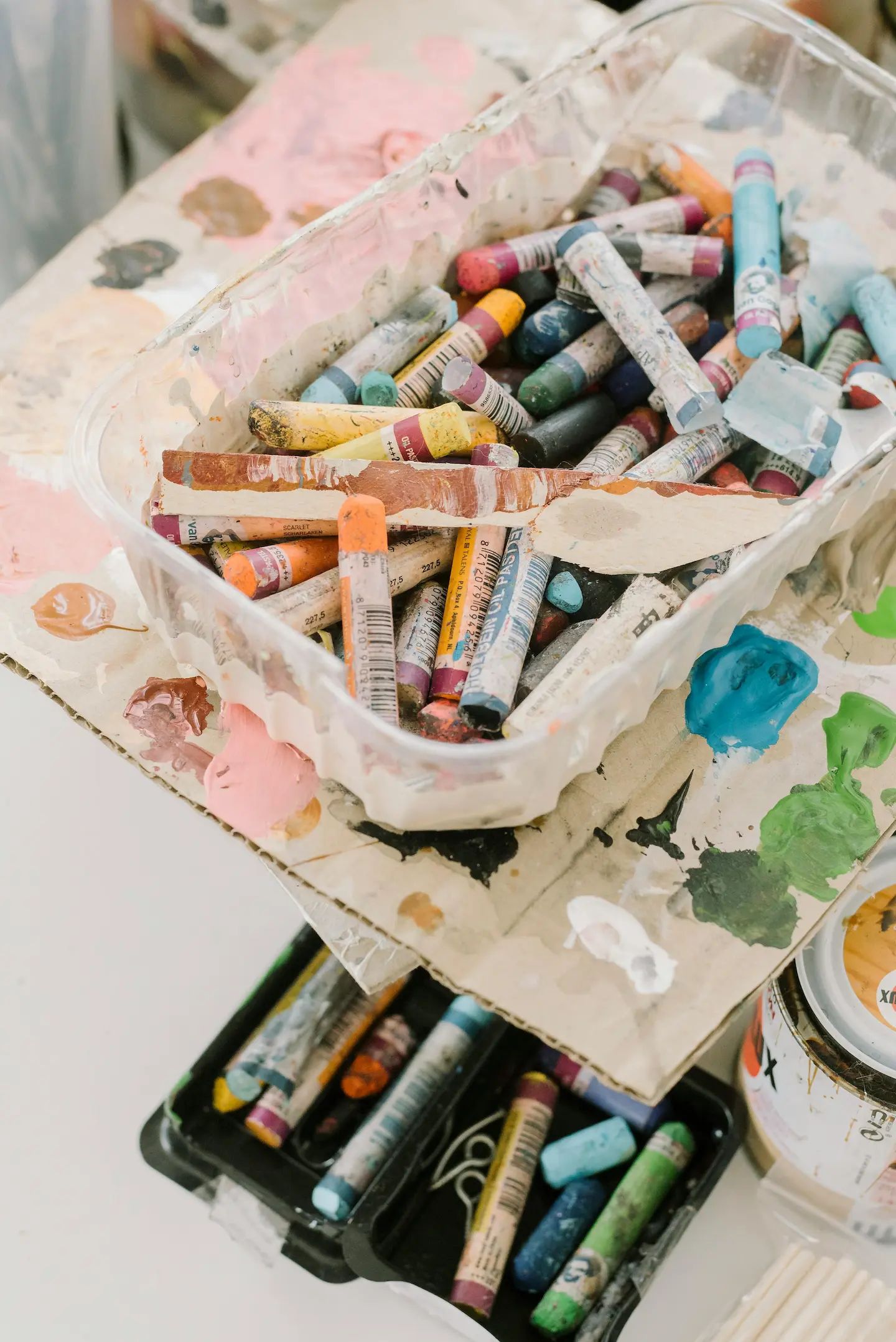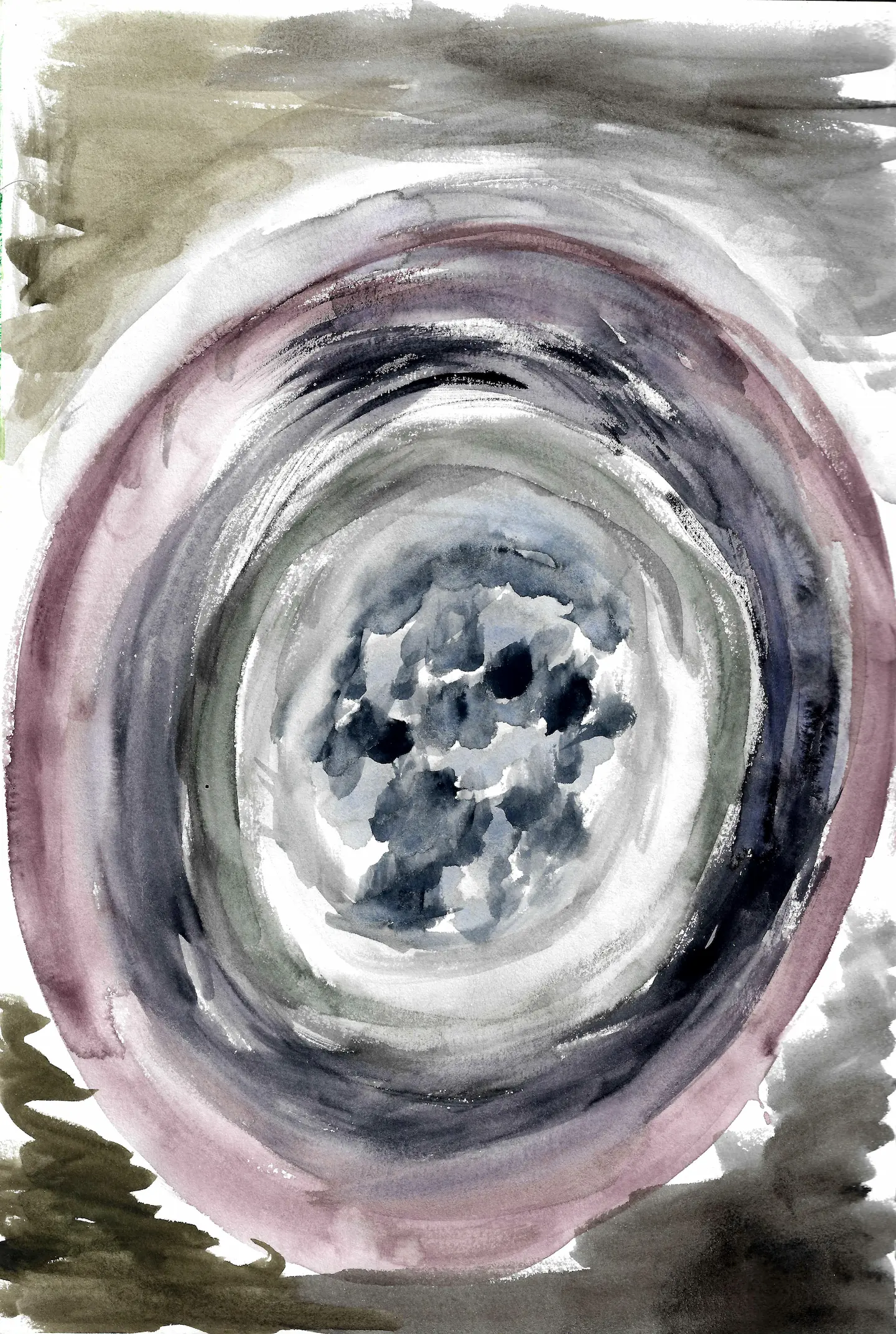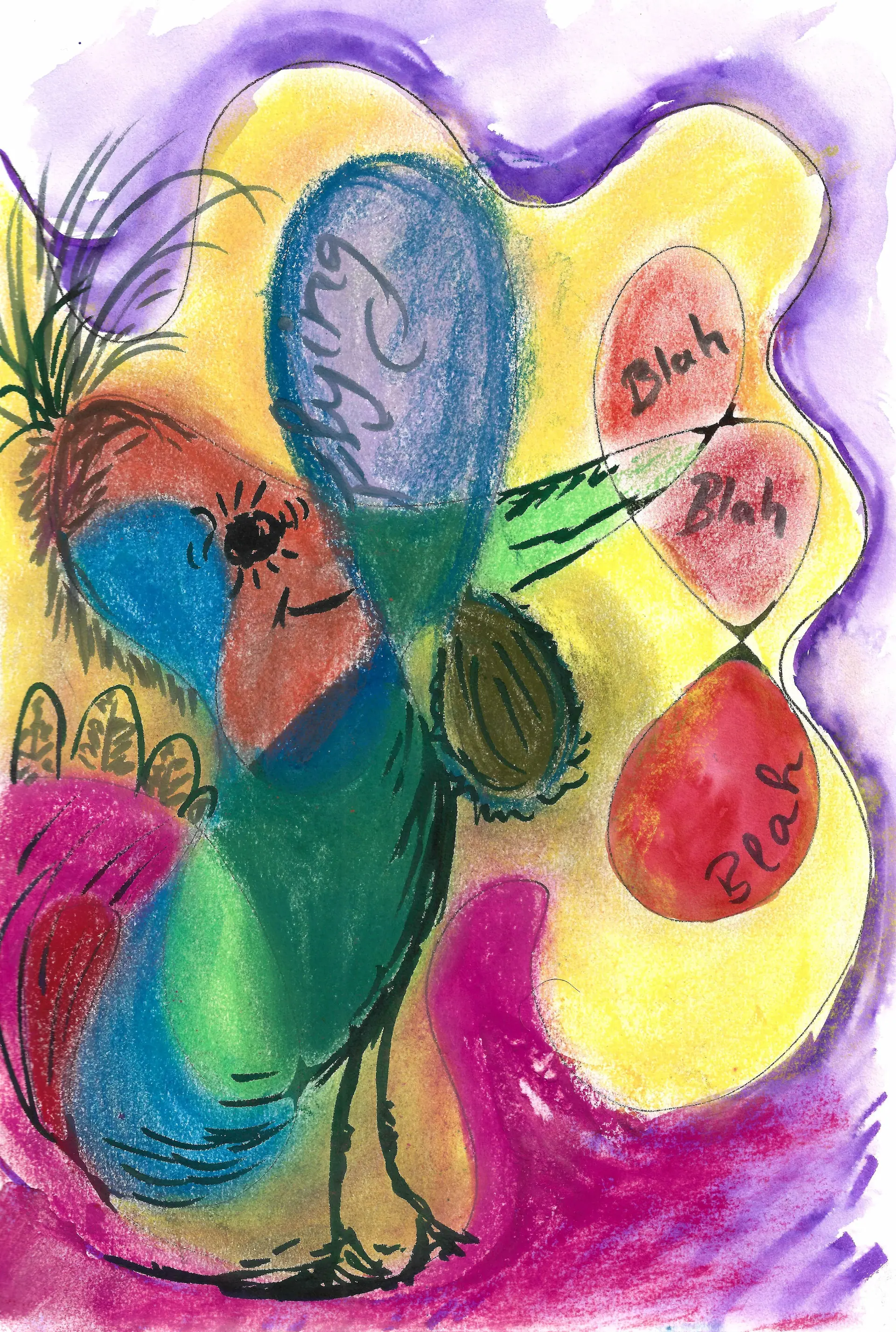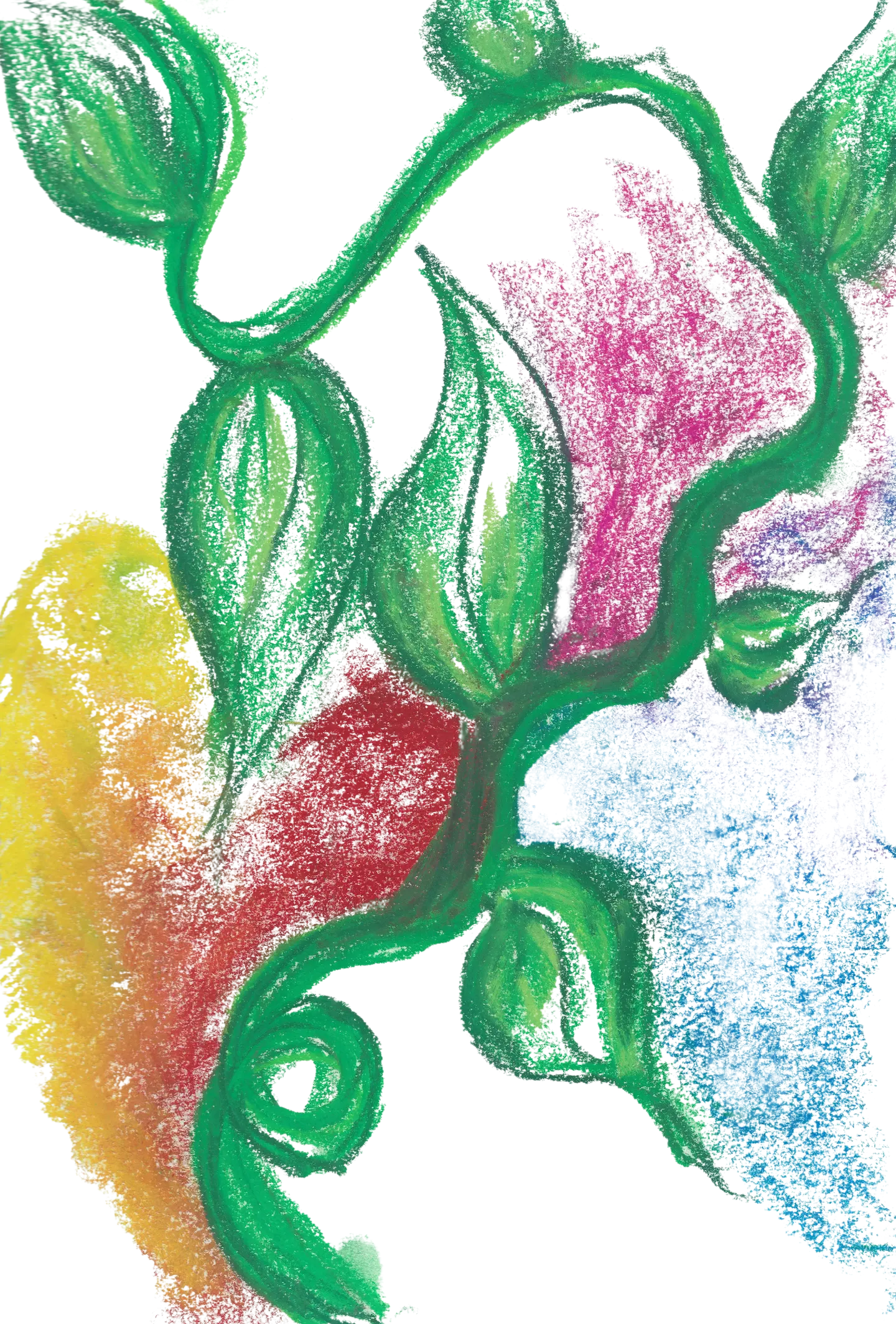
Arts Psychotherapy

Art therapy has been used for centuries, but in modern Australian
society it was only fully recognized as a therapeutic practice about 30
years ago. It is well known that art and other creative activities have
beneficial effects such as stress release, self-soothing, transformation
of troubling emotions, as well as giving pleasure and joy. Painting,
drawing, sculpting, as well as dancing, movement and music, have been
used as expressive means since the beginning of human culture, often
replacing verbal communication.
This is what distinguishes the expressive therapies from mere verbal counselling
- the above creative modalities can help to express what cannot be easily
communicated in words, and they often also act as a medium to enhanced self-understanding
and to the revelation of solutions that one has not thought of before.
In your session, we will start with a verbal exploration of your circumstances and discuss your therapy goals. We will then use expressive modalities like drawing, painting, collage, clay, sand-play, movement, as well as mindfulness to gain insight into possible causes and to find new approaches for you. Following this, we will look further into how those new approaches could be implemented into your life to create successful change. In general, a cycle of at least 5 sessions is recommended, but this will vary for each individual case.

Benefits of art therapy:
- Stress reduction
- Self-care
- Enhanced self-confidence
- Expression of emotions
- Uncovering of underlying causes
- Resolving personal issues
- Self-understanding
- Self-empowerment
- Healing
- Personal Growth
